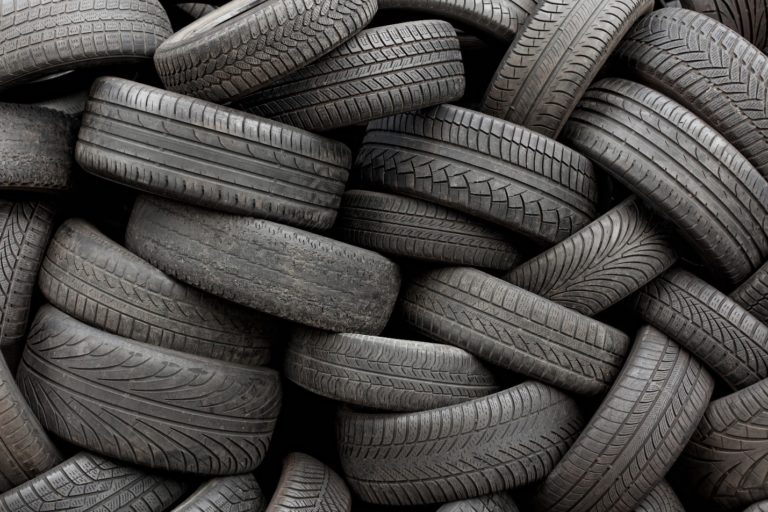A tread is the part of your car’s tire that comes into contact with the road. This part is essential since it allows your tires to grip the road when you drive. Your tires’ treads also enable you to easily accelerate or brake your vehicle. However, different types of tires have different tread patterns. These patterns help to enhance your car’s performance in different conditions. This article highlights three common types of tire treads.
1. Symmetrical Tread
Symmetrical tire treads have a similar pattern throughout the whole tire. These treads are also equally sized and have a similar inner and outer surface. Additionally, tires with symmetrical treads have a similar pattern on both halves, meaning you can fit your car tire either way.
Using car tires with symmetrical tread patterns offers several advantages. First, these treads offer you the freedom to rotate your tires in any direction (back-to-front and front-to-back) without compromising the daily performance of your vehicle. Tire treads that allow you to rotate them in any direction serve you for a long time. These treads are also fuel-efficient, enabling you to save on fuel costs.
Nevertheless, symmetrical treads are less responsive to changing road conditions. Therefore, although symmetrical designs provide consistent traction on dry roads, they are less effective in wet circumstances than other tires.
Symmetrical tread tire patterns are suitable for passenger cars. In addition, if you drive daily, these tire treads are ideal.
2. Directional
Directional tire treads are V-shaped patterns with wide grooves that intersect at the center of the tread. These treads look like an arrowhead and are designed to spin forward in one direction.
One important feature of directional tire treads is the outward-facing groves. These grooves trap water from the road surface and divert it off the road, reducing the likelihood of hydroplaning. As a result, directional treads are ideal for wet road surfaces.
Another advantage of unidirectional treads is increased traction, which allows for better performance in mud or snow. As a result, tires with directional treads can serve you all year round.
Nevertheless, car tires with directional treads can be a little complicated. If your car has these tires, you can only rotate the wheels vertically. Otherwise, you may interfere with your tire’s tread pattern, reducing the performance of your wheels. Furthermore, these wheels have a short life span.
To keep track of your wheel’s orientation, regularly check the arrow inscribed on your tire’s wall. Most times, this arrow points in the same direction as your treads.
3. Asymmetrical
An asymmetrical tire tread pattern is a design that combines two different tread patterns. Generally, the inner part of this tire tread aids in displacing water. On the other hand, the outer tire tread contains sturdy tread blocks that increase lateral stiffness. This way, your wheels will offer more traction when driving around a sharp corner or dry surface. These treads also help to reduce the noise your vehicle’s tires produce when driving.
Since tires with asymmetrical tread patterns also contain directional patterns, these wheels don’t offer rotational flexibility. The sidewalls of these tires are also marked, showing which side should face inside or outside to help you fit the wheels correctly.
On the downside, tires with asymmetrical tread patterns are quite expensive. Additionally, these treads wear off quickly.
Nowadays, there are various types of car tires available in the market. For these reasons, you need to familiarize yourself with the different types of tire treads and how these treads affect the performance of your vehicle. Additionally, you need to know the conditions where these tire treads perform best and how they affect your tire’s rotational capabilities. For more information on tire tread patterns and for help choosing the right one for your vehicle, contact Evans Tire & Service Centers.

